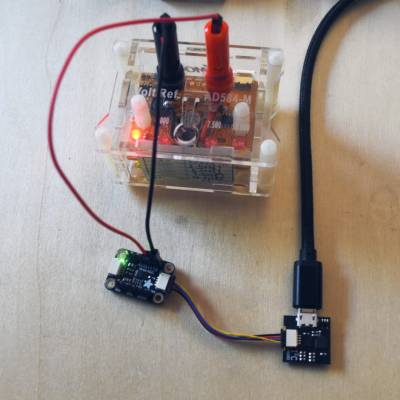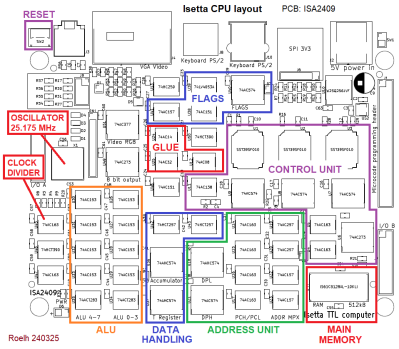Connectors are wonderful and terrible things. Wonderful, in that splicing wires every time you need to disassemble something is really, really annoying. Terrible in that it can be just such an incredible pain-in-the-assets to find the right one if you’re stuck with just a male or a female for some unfortunate reason. We’ve all been there, and all spent time growing increasingly frustrated poring over the DigiKey catalog (or its local equivalent) trying to figure out what the heck we were dealing with. That’s why [Davide Andrea]’s The Connectorbook exists–and even better, the free web service they call Identiconn.
The tool isn’t super new–the Wayback Machine has snapshots of it dating back to 2021–but it’s still very much worth highlighting. There’s a “quick pick” option that lets you narrow it down with photos, or if you want to get specific there are dozens of filters to try and help you find your exact part. You can filter based on everything from the pitch and geometry of the connectors, to how it terminates, attachments, latches, et cetera. While we can’t guarantee the database is fully exhaustive, it looks pretty darn big, and using it is going to be a lot less exhausting than pouring through catalogs hoping that particular vendor or manufacturer lists the matching part.
Some might argue that this database is not a hack, but it’s certainly going to enable a certain amount of hacking. That’s why we’re grateful to [Alex] for the tip! If you’ve got a know tool you think we all should know about that hasn’t been shared yet, please let us know.




















